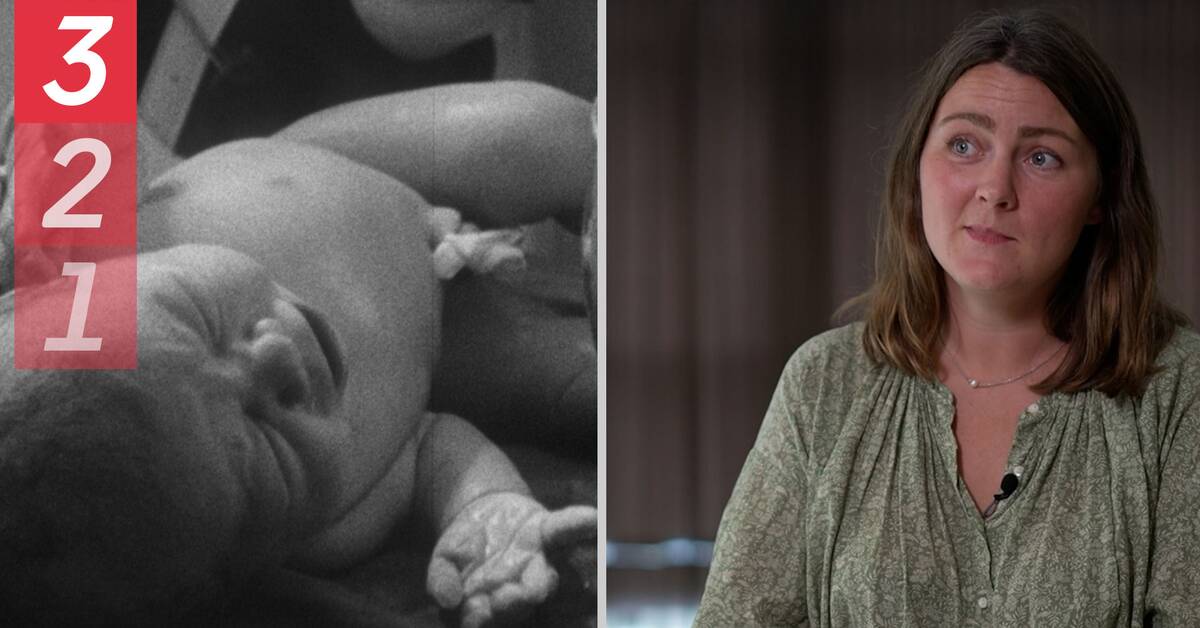"The body's mechanisms for giving birth were the same in 1870 as they are now.
Nevertheless, almost nothing is the same in the delivery room".
This is how Maja Larsson describes maternity care in Sweden from 1870 onwards in the book "Kläda blodig sjorta".
In 1888, the Midwives Association's newspaper Jordemother began to be published.
Since childbirth was not considered in other circles to be something to write down in detail, the journal is an important source for knowing how a birth could take place in Sweden at the turn of the last century.
Had to wait for hours
The situation at the end of the 19th century is described as follows in the book:
“Hemorrhages can go on all night, because there is no good way to stop them. If the child is found to be dead, the woman may have to lie for hours with it in her stomach waiting for the doctor, if the midwife does not have a degree in childbirth with instruments, which not all do. Waiting is a large part of 19th-century maternity care.”
Tool
At this time it was very common for babies to die - the midwife often had special tools, like drills, to get dead babies out of the womb so that at least the mother's life could be saved.
When the regular use of soap and a large proportion of births in hospitals made it unusual for mother and child to participate in the birthing process, other ideals entered into maternity care.
Hear author Maja Larsson list four milestones in healthcare in the clip.

